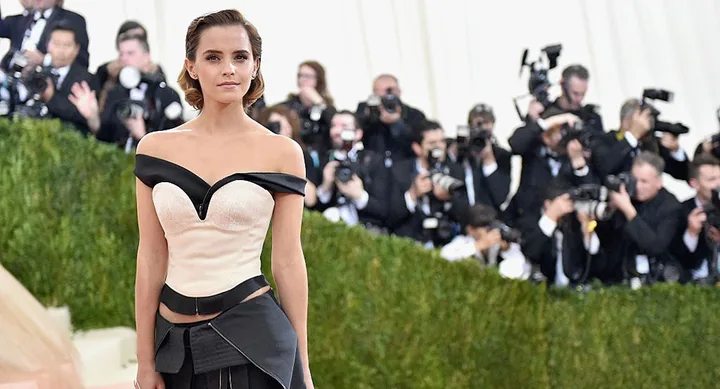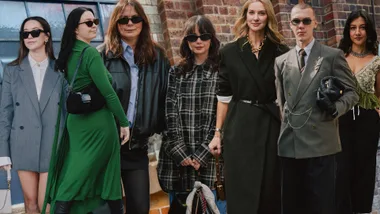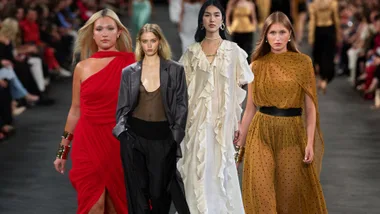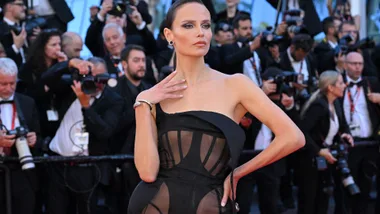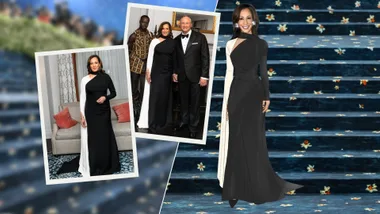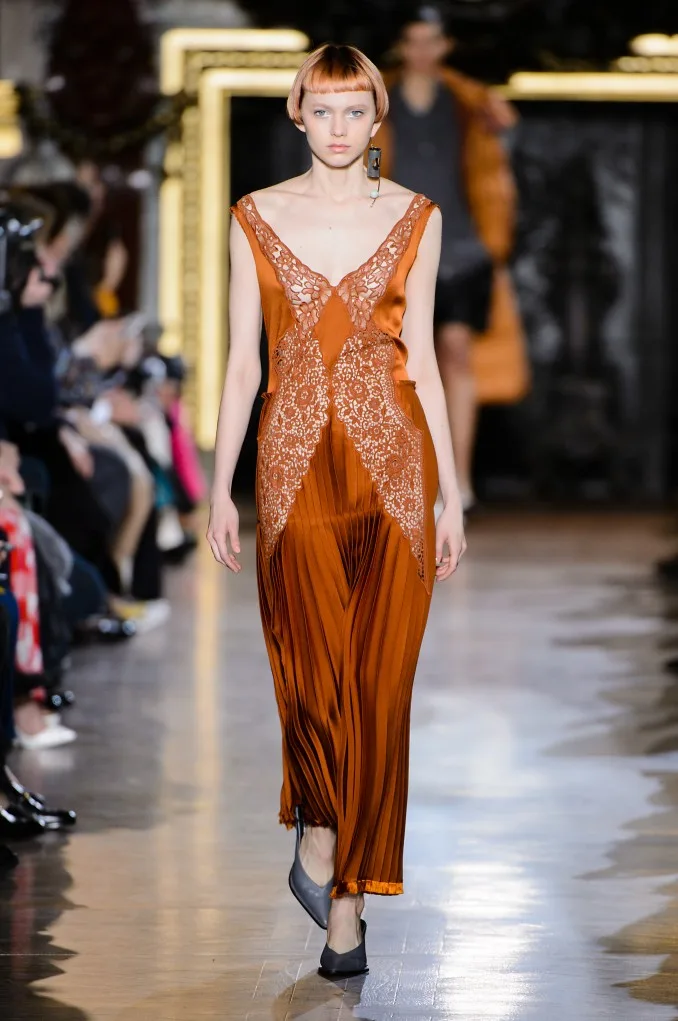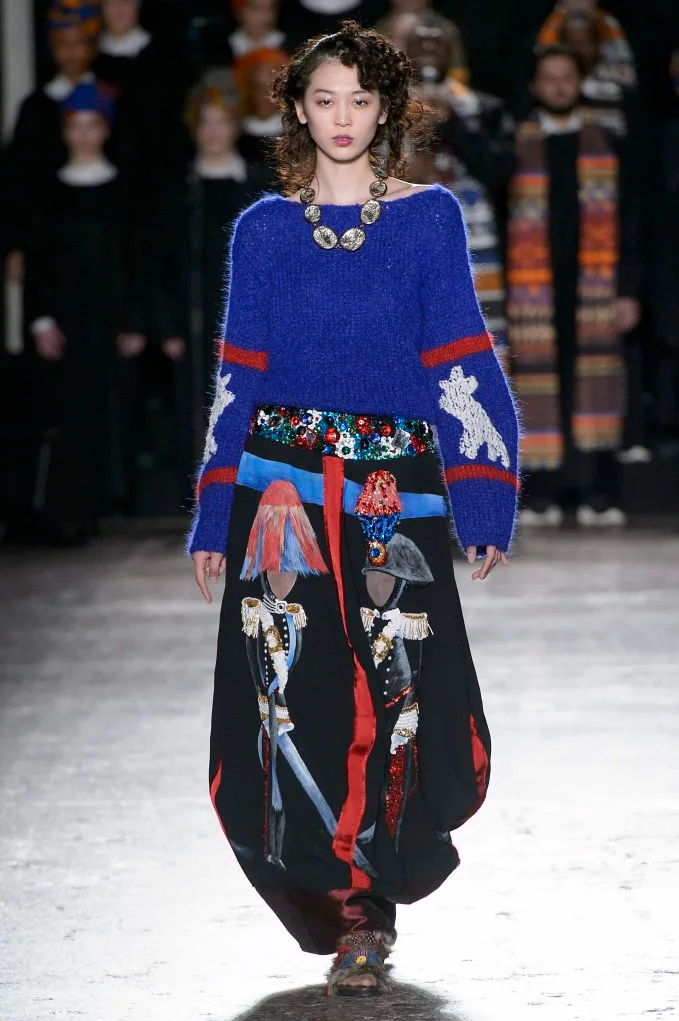If you still think an ethical fashion garment is an ugly one, stop right there. The hairy hippie connotations are so last decade. Today’s responsibly produced fashion might be anything from a $1700 Stella McCartney vegan handbag to a pair of boardies made from recycled fishing nets by surfer Kelly Slater’s brand Outerknown.
In Australia, Bassike uses organic cotton, while Kit Willow designs her KitX brand “with people and the planet in mind”.
Over at G-Star, Pharrell is pushing denim made from recycled ocean plastics. Emma Watson’s Met Gala gown also had a former life as PET drink bottles. Its designer label? Calvin Klein.

Now, how many of these brands make you think of shapeless ponchos?
Sustainability departments, supply chain audits and environmentally aware collections have become the norm at both the high street and the high-end level. H&M’s Conscious collection is in its fifth season. ASOS offers an Eco Edit. Mimco works with the UN’s Ethical Fashion Initiative to produce bags made by artisanal garment collectives in Africa.
Maiyet, Suno, Edun and Stella Jean are all brands driven by ethical production, while seasoned campaigner Vivienne Westwood regularly turns her shows – and the streets – into eco soapboxes.
On Instagram, Stella McCartney urges her fans to support World Water Day and the Fur Free Campaign, and to give up meat for a more sustainable future.
In December, the New York Times announced, “the hottest buzzword in luxury fashion right now is sustainability,” quoting Marie-Claire Daveu, the chief sustainability officer at Kering (which backs both Stella McCartney and Outerknown). “Sustainability should be at our core,” she said, not least because “the luxury industry…sets trends”. For the record, Kering rejects the idea of sustainability as a mere buzzword – “It is a serious approach to business,” they say.
Someone recently described Kelly Slater to me as “ethical fashion’s Messiah figure”; he might just save us, she smiled. And quite frankly we do need saving, because while the $1.5 trillion global fashion industry provides employment for around 60 million people, and lots of lovely things for our wardrobes, too often it is also causes untold destruction of our natural world – conventionally grown cotton, for example, accounts for 25% of global pesticides, while leather tanneries around the Indian city of Kanpur have tipped so much toxic effluent into the Ganges that it’s biologically dead for a 7 kilometre stretch. Denim factories dye rivers blue and there’s so much “disposable fashion” in landfill, we’re running out of space to bury it.
So when Slater, who is not just cool and but well connected (Julia Roberts and Cindy Crawford are mates) shouts about slow fashion that’s built to last, and his anoraks made from sustainably grown hemp, people listen.
Increasingly customers are aware of fashion’s eco scorecard. Yes, we want clothes that look fabulous, but we also want fashion that doesn’t literally cost the earth.
